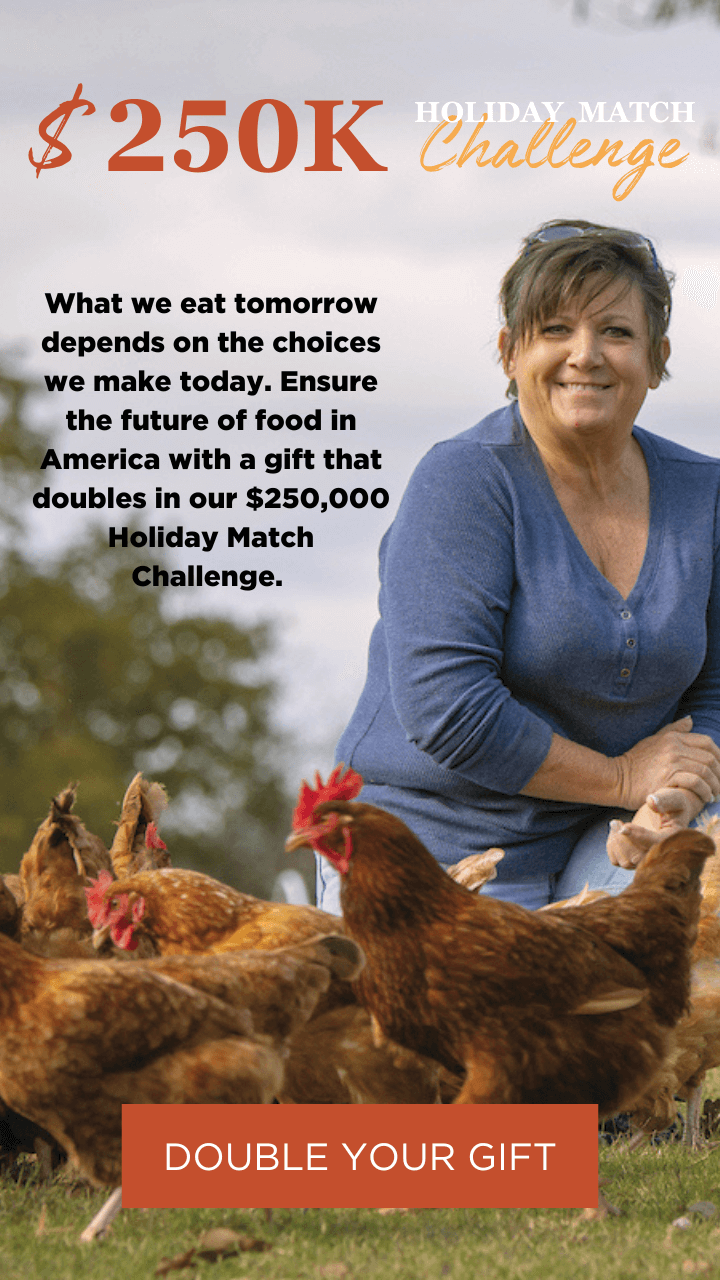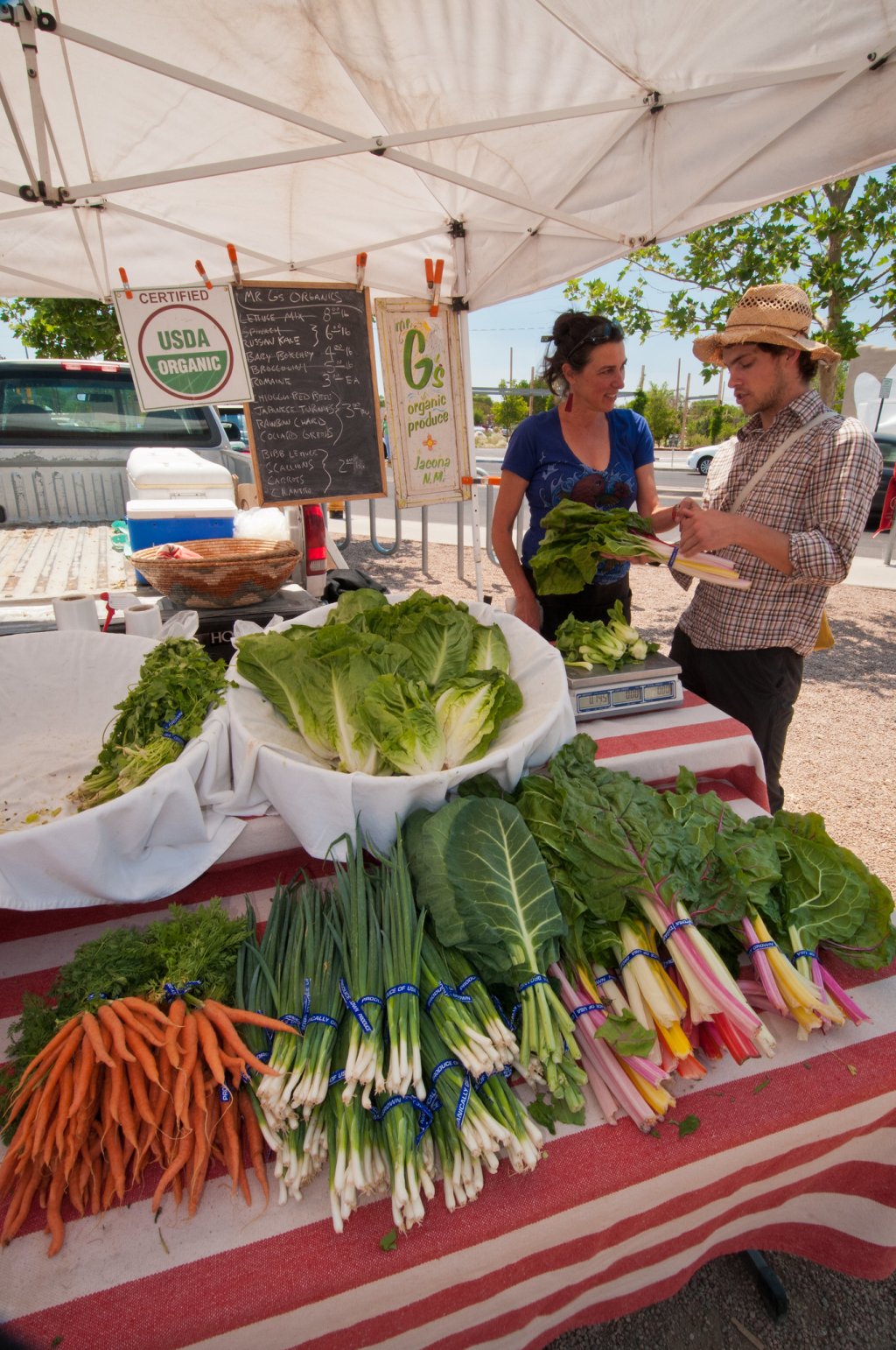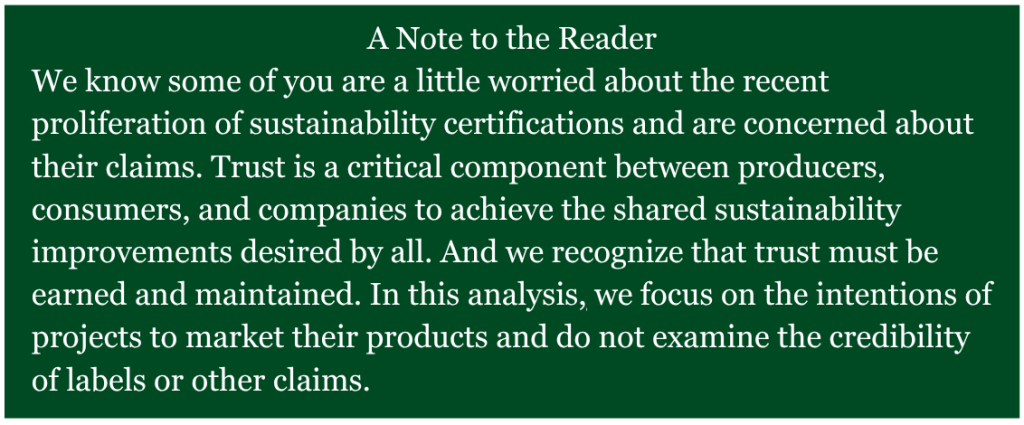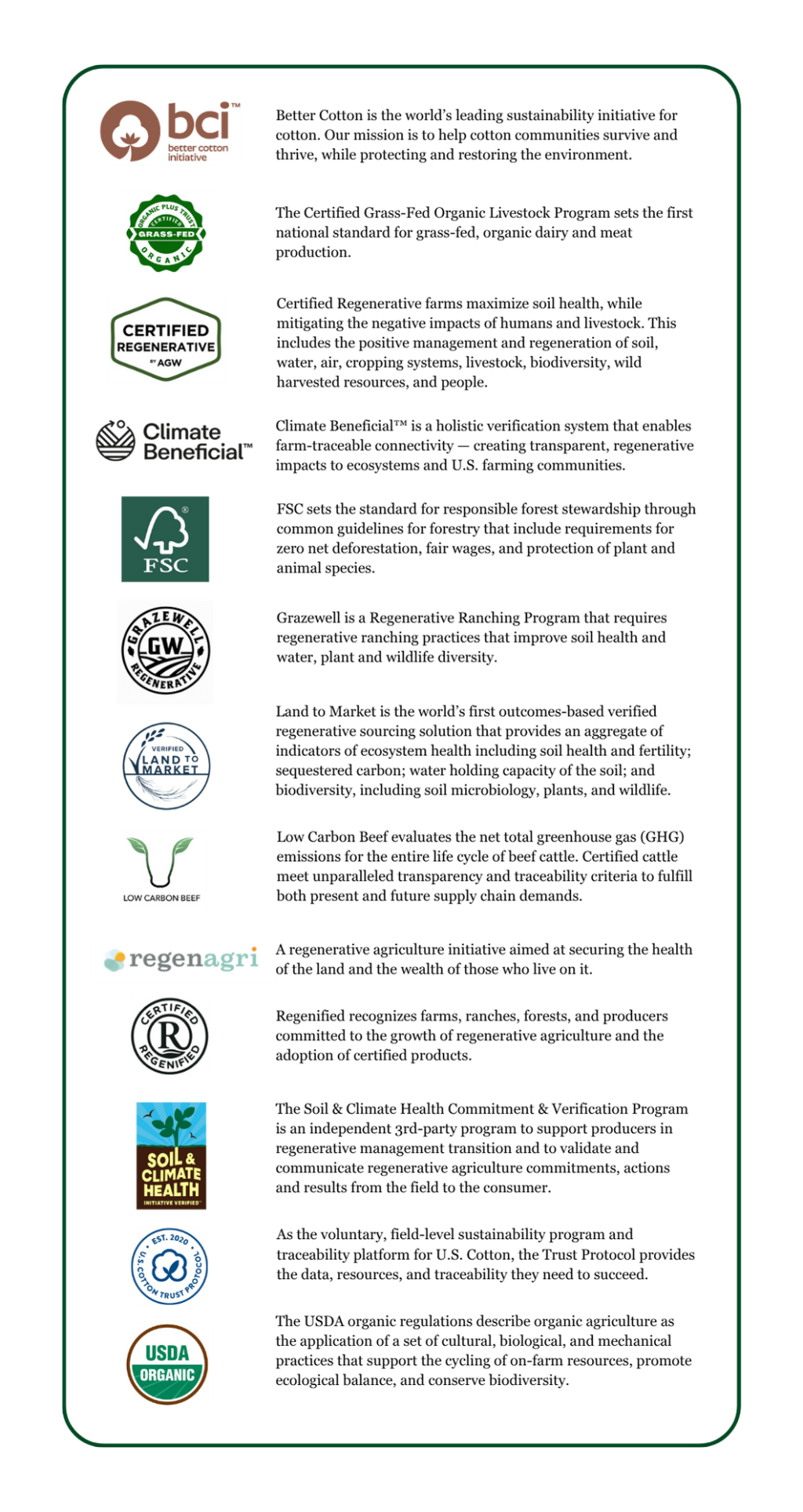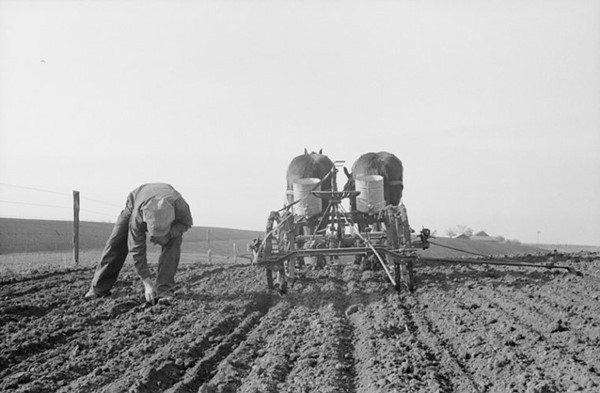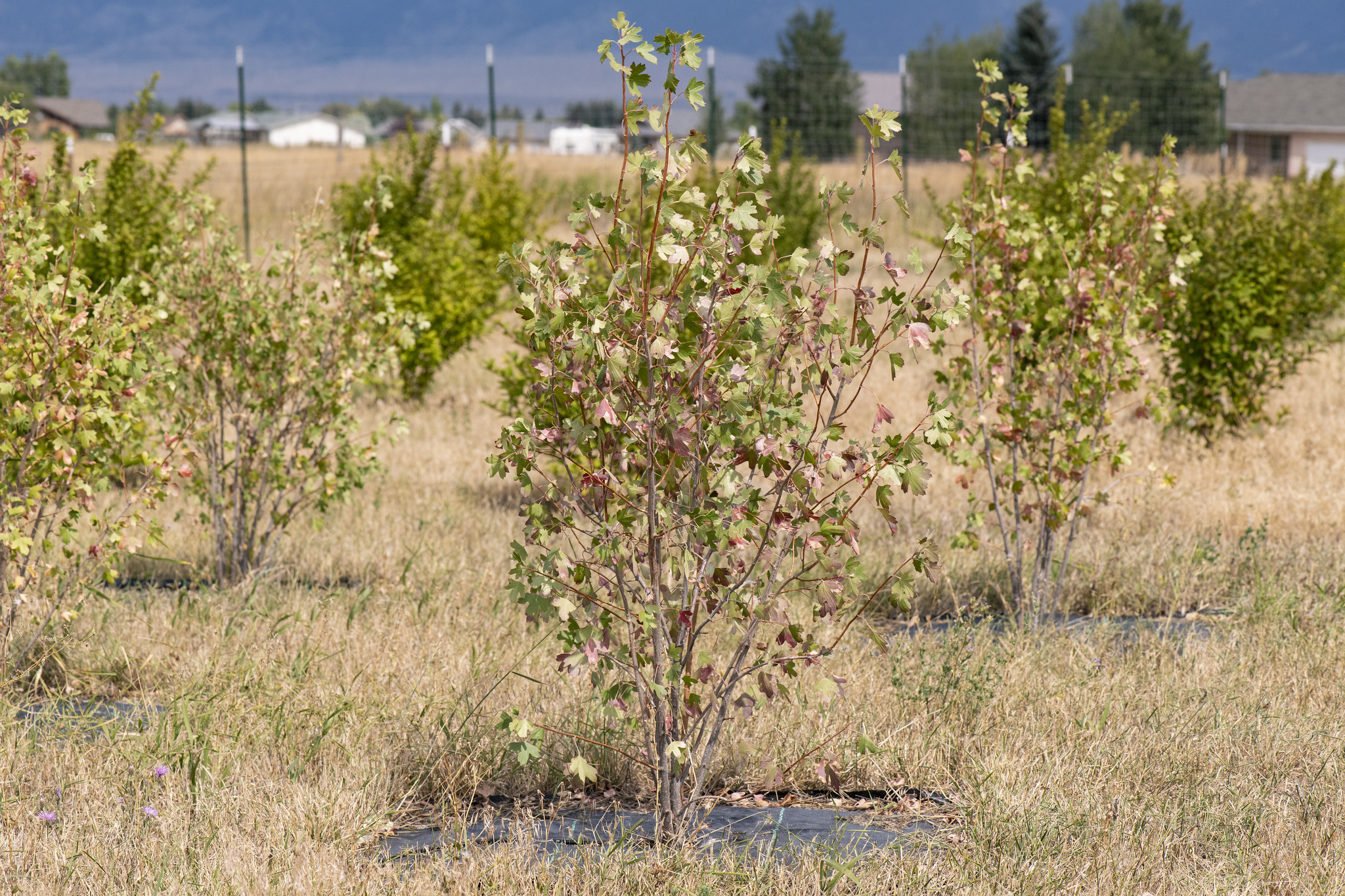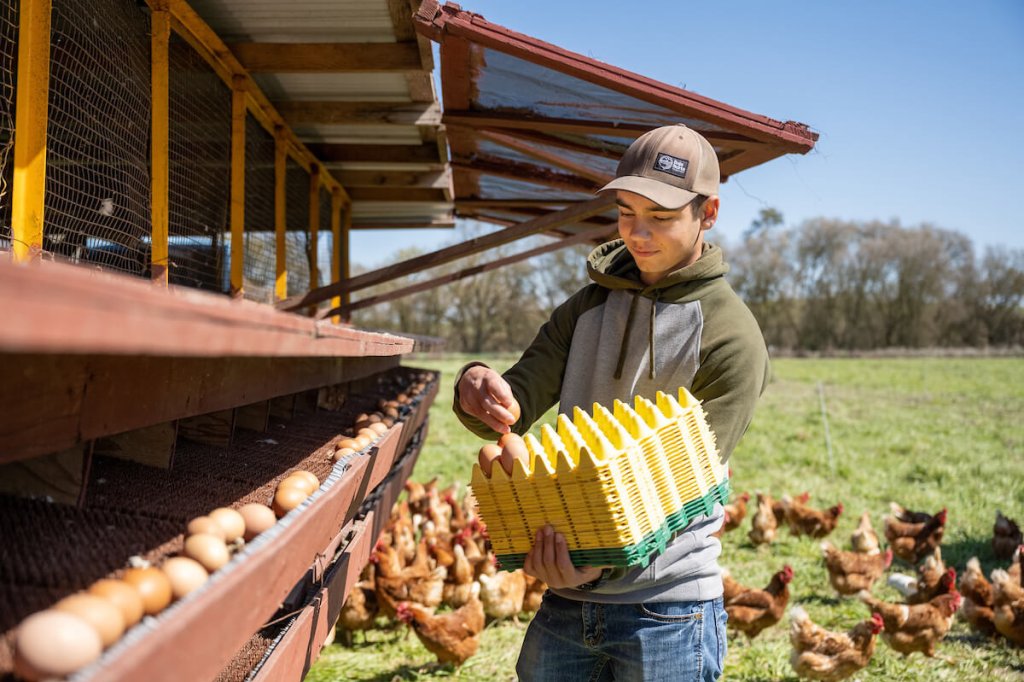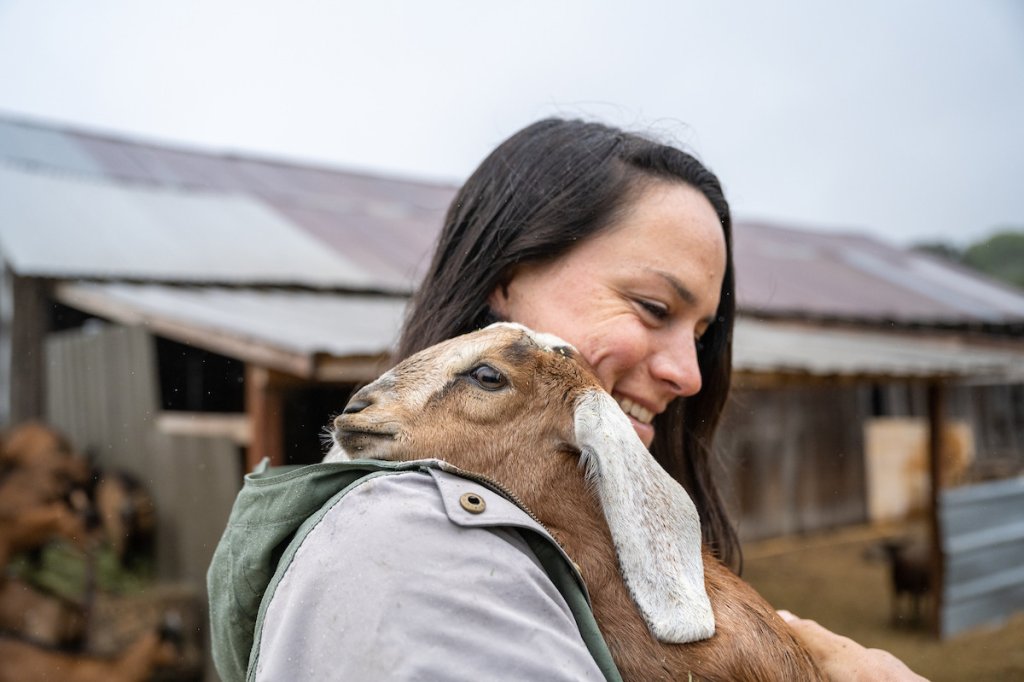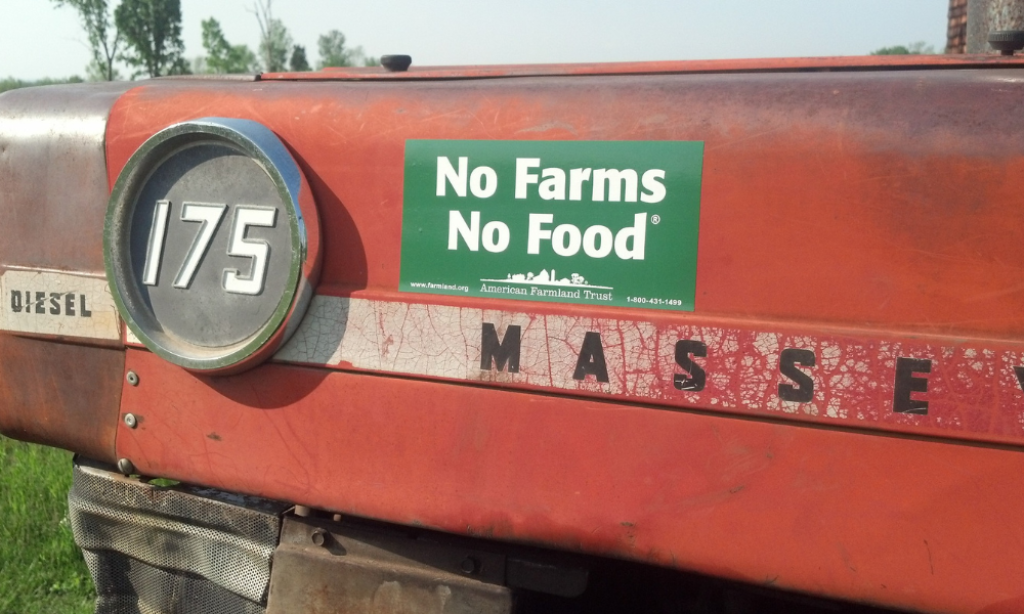Turning Conservation into Market Opportunities with USDA’s Advancing Markets for Producers (AMP) Initiative
This third analysis was produced by Robert Parkhurst and Rebecca Wright of Sierra View Solutions, in collaboration with AFT’s Water Initiative Director Michelle Perez and Research Scientist Jennifer Tillman.
Decisions on a Weekend Morning
Imagine it’s the weekend, and you are planning to build a new planter bed for your fall vegetables. Before you go to the hardware store, you need a good breakfast. You get out your Rainforest Alliance Certified Coffee, grass-fed milk, and scramble up some cage-free eggs with organic greens from your local farmers market. After breakfast, you head off to the hardware store and notice there are many options for supplies. You decide to buy wood certified by the Forest Stewardship Council and head home to build those garden beds.
In this brief example of a weekend morning, you made choices to consume or use five different certified agricultural and forestry products. And you selected these products because each displayed marketing information signaling to you that they had social, environmental, or animal welfare attributes that appeal to you. While you are not familiar with the details of these labels (e.g., what farm or forestry practices are actually required by the certification, what outcomes are actually achieved, or if there is a 3rd party verification system in place, etc.) you assume smart, well-intentioned stakeholders, representing relevant interest groups (e.g., agricultural, forest, environment, animal welfare, etc.) collaborated to create a label that does right by people, the environment, and animals.
Previous and Current Analysis
Prior to this analysis, we’ve released two blog posts exploring (1) “why conservation practices matter” for the Advancing Markets for Producers (AMP) redesign of the Partnerships for Climate Smart Commodities (PCSC) initiative and the federal budget and (2) how climate-smart conservation practices also address soil, water, air, plant, animal, and energy (SWAPA-E) resources concerns.
As a reminder, USDA identified 54 of its existing farm and forestry conservation practices as being “climate-smart” because they reduce greenhouse gas emissions or sequester carbon, in addition to what they may have been initially designed for: improving air quality, water quality, and water quantity; providing wildlife habitat; and increasing the productivity and resilience of crops and livestock. The 10 most popular climate-smart practices selected by the majority of PCSC projects are, in descending order: cover crops, nutrient management, residue and tillage management – no till and reduced till, prescribed grazing, conservation crop rotation, pasture and hay planting, tree/shrub establishment, soil carbon amendment (e.g., compost, biochar, etc.), and conservation cover.
In this third installment of our series, we analyze the labels, marketing channels, and environmental markets the PCSC projects proposed to pursue to attract customers who value farm and forest climate-smart conservation practices. We found that half the projects were planning to use labels to market their products, 90% discussed using marketing channels, and about a quarter were planning to use environmental markets.
As USDA selects farm conservation projects for the Advancing Markets for Producers (AMP) initiative, we hope our analysis sheds light on how some projects proposed labeling, marketing channels, or environmental markets as part of their PCSC agreements. We also hope the USDA finalizes negotiations with many PCSC projects so they can proceed under the new AMP initiative. These AMP projects will encourage producers, buyers, and consumers to do their part to produce, distribute and market, and use many more products that have an improved environmental footprint.
Background
The AMP initiative builds on the work from the PCSC initiative, whose priorities included:
Increasing markets for climate-smart commodities,
Testing and evaluating traceability through supply chains from production of commodities to delivery to the consumer,
Understanding the market advantages for a variety of farm types implementing new conservation practices,
Empowering farmers, ranchers, and forest landowners to implement new markets and practices, and
Developing additional public-private partnerships to foster and develop new markets.
In January 2025, the PCSC was composed of 135 projects from all 50 states as well as several Native American tribes and U.S. territories and over 1,000 partners. Following a redaction of sensitive information, the agreements between each project and USDA were posted on USDA’s website and, in all, 115 of these agreements have been publicly available. The first of these projects started operating in February of 2023 and, before projects were terminated on April 14, 2025, they had enrolled 21,000 farms and more than 5.2 million acres (USDA Summary Report, September 2024). We can learn a significant amount about the markets these projects were developing from these agreements.
Our Process
All agreements were required to contain “a plan to develop and expand markets.” We reviewed this section of each agreement, which was often several pages long, and summarized the key information with a focus on three market elements: the labels under consideration, the marketing channels used, and the environmental markets in which the products or their associated environmental benefits would be sold. When we could, we differentiated between existing and new labels, channels, and markets. Note that we did not distinguish between labels backed by certification standards developed and agreed to by multi-stakeholder collaboratives, and labels that do not have such a foundation.
For marketing channels, we used the definition of the “people, organizations, and activities necessary to transfer the ownership of goods from the point of production to the point of consumption”. We intended to categorize the type of market channel that was planned using the PCSC Data Dictionary, which was published by USDA in February 2023. The Dictionary contains all the data elements that projects were required to collect periodically. While the Data Dictionary listed 12 marketing channels, because it was published after the initial drafting of the proposals and subsequent agreements by the projects, there was not always a good fit between the categories in the Data Dictionary and the marketing plan in the agreement. Therefore, we prioritized our analysis on the following seven categories (listed in alphabetical order), which better reflected the information we found:
• Biofuel Refineries
• Brands and Retail
• Direct to Consumer (including farmers markets and community supported agriculture)
• Direct to Institution
• Distributor
• Food Hubs*
• Wholesale
(Food hubs bring farmers and suppliers together, with 81% of food hubs focusing on increasing opportunities for local farms and allowing smaller producers to pool their products and fulfill larger contracts. Learn more about food hubs).
